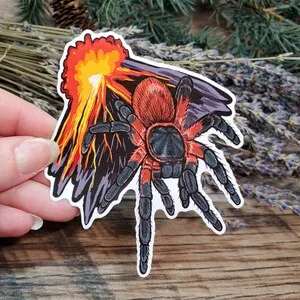What is a Lava Spider Tarantula
The term “Lava Spider Tarantula” often refers to a specific type of tarantula that is visually striking and sought after by enthusiasts. They are known for their unique appearance, often displaying vibrant colors and patterns that resemble molten lava. These fascinating arachnids belong to the tarantula family, which are large, hairy spiders native to various regions around the world. Their popularity as pets is growing due to their relatively manageable care requirements compared to other exotic pets, as well as their captivating aesthetic appeal. The demand for these tarantulas has led to increased availability, but it’s essential to understand their needs before considering one for sale.
Appearance and Characteristics
Lava Spider Tarantulas are typically medium to large-sized spiders, with leg spans that can range from a few inches to over eight inches, depending on the species and individual. They often exhibit a dark body coloration, with vivid red, orange, or yellow hairs on their legs, carapace (the top part of their body), and abdomen, creating a striking contrast reminiscent of volcanic activity. Their bodies are covered in dense hairs, which serve a sensory function and help protect the spider. Like all tarantulas, they have eight legs, two pedipalps (used for manipulating food and sensing the environment), and two chelicerae (fangs) that inject venom. The overall appearance is designed for both camouflage and intimidation, allowing them to thrive in their natural habitats and deter potential predators.
Habitat and Distribution

The natural habitat of Lava Spider Tarantulas varies depending on the specific species. They are generally found in warm, tropical, or subtropical environments. These habitats may include rainforests, grasslands, or even arid regions. They are typically terrestrial, meaning they live on the ground, or occasionally, they might be found burrowing underground. Their distribution often corresponds to regions with suitable climates and prey availability. Understanding their natural environment is vital for providing them with an appropriate enclosure setup. This understanding aids in replicating their natural habitat’s temperature, humidity, and substrate to ensure their overall well-being and promote healthy behavior, which is very important when looking for a lava spider tarantula for sale.
Where to Buy Lava Spider Tarantulas
Reputable Breeders and Dealers
When looking to buy a Lava Spider Tarantula for sale, it is crucial to find a reputable breeder or dealer. These professionals prioritize the health and well-being of their tarantulas, ensuring that they are properly cared for and free from diseases or parasites. Reputable sources can offer valuable insights into the tarantula’s specific needs, behavior, and origin, which contributes to the success of their care in captivity. They often adhere to ethical practices, such as proper documentation and responsible breeding programs, providing healthier and more robust tarantulas. Researching and choosing a reputable breeder is vital to ensure you are acquiring a healthy and ethically sourced Lava Spider Tarantula.
Online vs Local Pet Stores
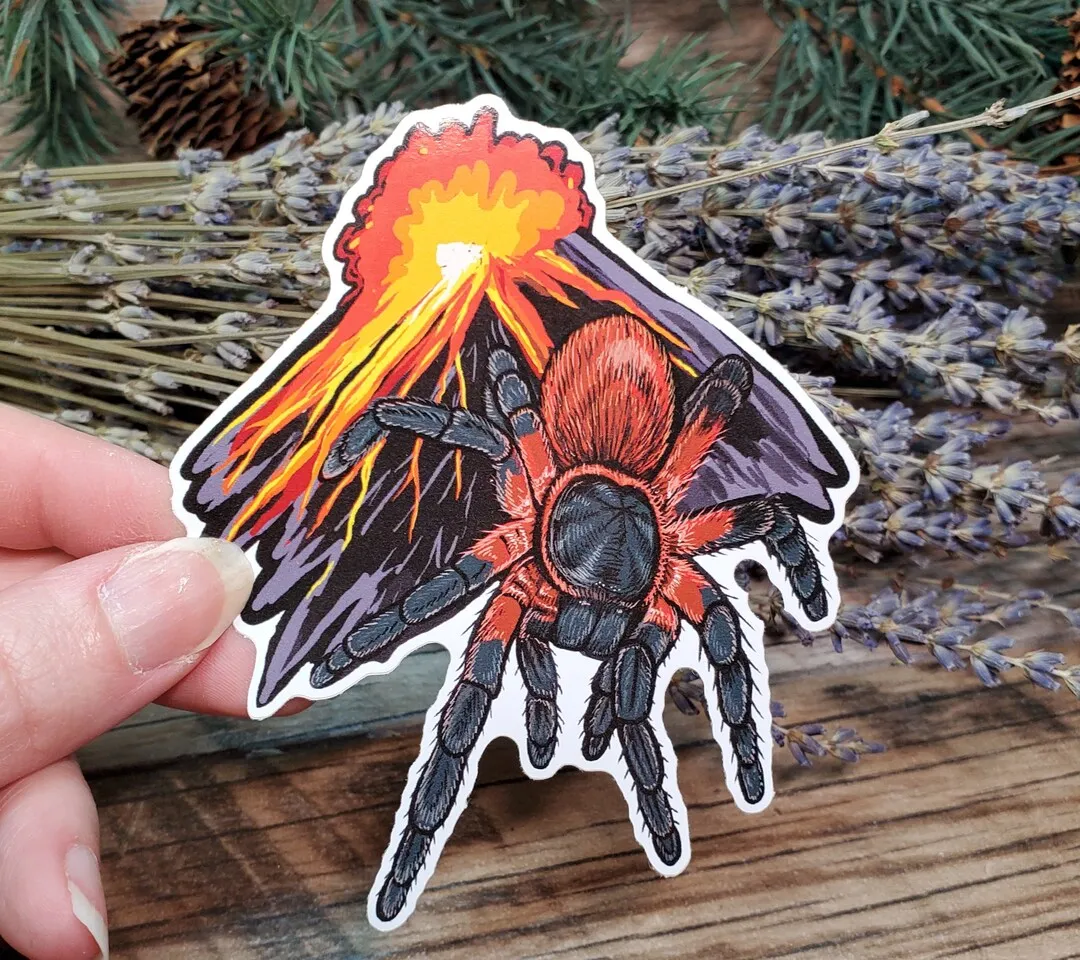
You can find Lava Spider Tarantulas for sale through both online and local pet stores, each offering their own advantages and disadvantages. Online stores often provide a wider selection of species and access to specialized breeders, but you cannot personally inspect the tarantula before purchase. Local pet stores allow you to see the spider in person, ask questions, and immediately take the tarantula home. However, their selection may be limited, and the care practices of the store should be carefully evaluated. It is very important to do your research and compare options considering factors like the seller’s reputation, the health of the tarantulas, and the availability of support and information when choosing where to buy a lava spider tarantula for sale.
Factors to Consider Before Buying
Legal Considerations
Before purchasing a Lava Spider Tarantula for sale, it is important to be aware of any legal restrictions or permits required in your area. Some regions may have specific regulations regarding the ownership or transport of exotic animals, including tarantulas. These laws can vary based on the species, size, or origin of the tarantula. Failure to comply with these regulations can lead to penalties, so it is essential to research and understand local and national laws before proceeding. Always ensure you are purchasing from a legitimate source that can provide the necessary documentation and follow all legal requirements when buying a Lava Spider Tarantula for sale.
Cost and Availability
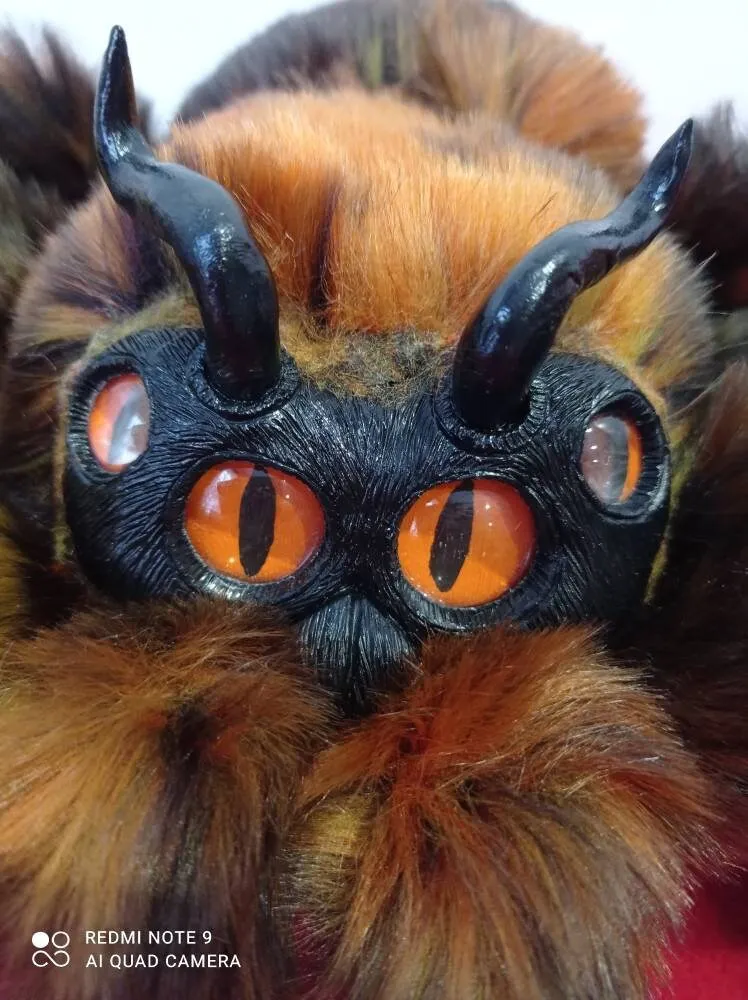
The cost and availability of Lava Spider Tarantulas for sale can vary depending on the species, rarity, size, and breeder. Some species are more common and, therefore, more affordable, while others are rare and expensive. Generally, prices range from a few dollars to several hundred, depending on the factors. Availability also fluctuates, with some species being available year-round and others only during certain breeding seasons. The demand within the hobby and the success of breeding programs also influence the price and the ease of finding the desired tarantula. It is wise to research the average market price and availability for the specific type of Lava Spider Tarantula you are interested in before making a purchase.
Caring for Your Lava Spider Tarantula
Enclosure Setup
Setting up the correct enclosure for a Lava Spider Tarantula is crucial for its health and well-being. The enclosure should be large enough for the tarantula to move around comfortably, with appropriate ventilation to prevent moisture buildup. A secure lid is essential to prevent escapes. The enclosure should include substrate (such as coconut fiber, peat moss, or a mix) to allow burrowing, and provide a natural environment. Adding hides like cork bark, artificial plants, or even a shallow water dish enhances the spider’s sense of security. Keeping the enclosure clean and maintaining appropriate temperature and humidity are also key factors for the Lava Spider Tarantula’s well-being.
Feeding and Diet
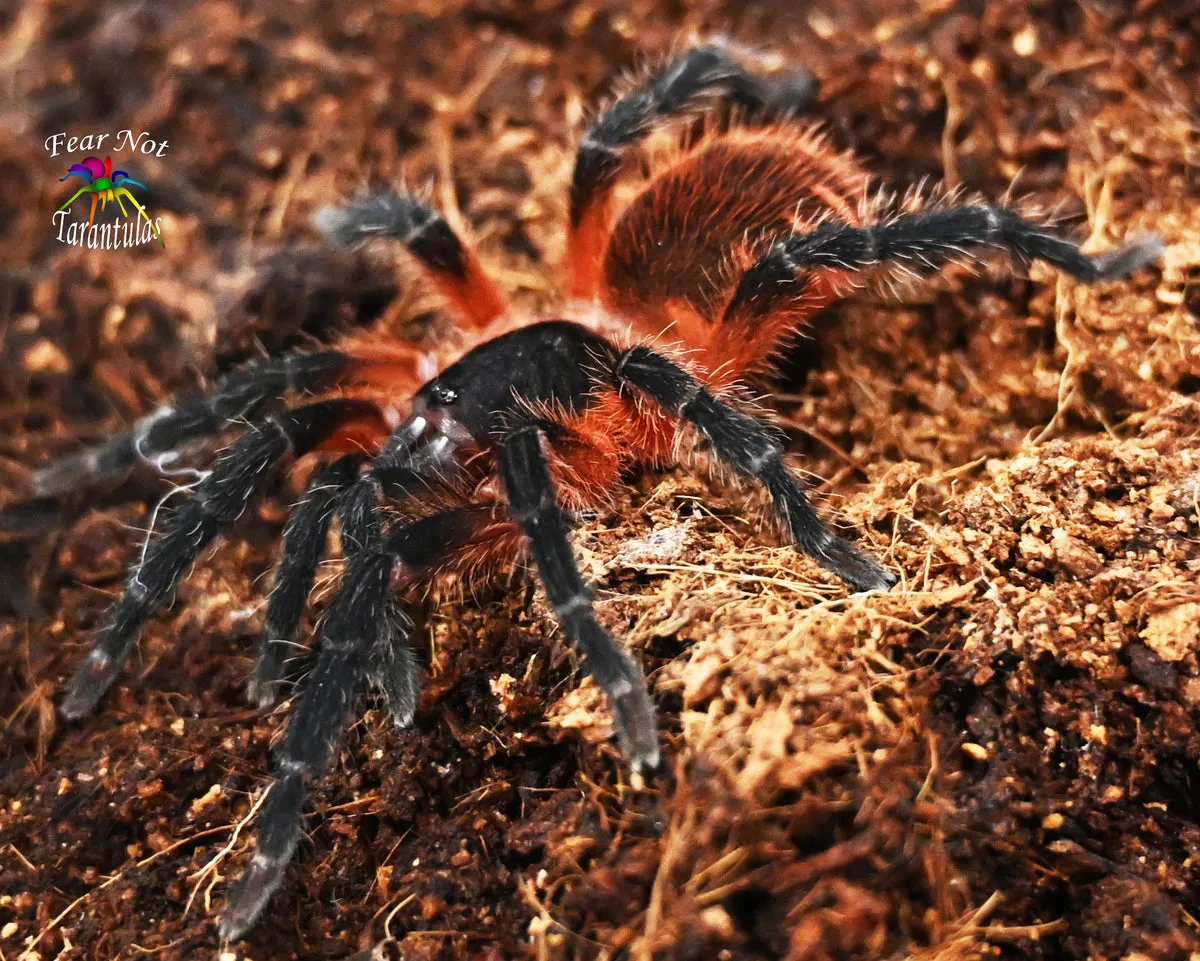
Lava Spider Tarantulas are carnivores, and their diet typically consists of live insects such as crickets, roaches, mealworms, and other appropriately sized prey. It’s very important to avoid feeding the tarantula anything larger than it can easily handle. The frequency of feeding depends on the spider’s age and growth rate. Young tarantulas may need to be fed two to three times a week, while adults may only need feeding once or twice a week. It is also crucial to remove uneaten prey to prevent stress for the tarantula. Regularly monitor the tarantula’s abdomen to determine whether it is over- or underfed. Always provide access to fresh, clean water in a shallow dish.
Humidity and Temperature
Maintaining appropriate humidity and temperature levels is very important for the health of a Lava Spider Tarantula. Most species thrive in a temperature range between 75 to 85 degrees Fahrenheit (24 to 29 degrees Celsius). The enclosure’s humidity level should also be monitored and maintained, typically between 60% and 80%. This can be achieved by misting the enclosure regularly or by providing a water dish. Use a hygrometer and a thermometer to monitor the conditions and adjust as needed to ensure the comfort and health of your tarantula. The correct temperature and humidity levels support molting, feeding, and overall health.
Common Health Issues
Like all living creatures, Lava Spider Tarantulas can experience health issues. Common problems include dehydration, which can be caused by low humidity or lack of access to water. Parasites are another concern, which is often introduced through live prey. Additionally, molting issues, such as failed molts, can happen if humidity or the enclosure is not right. Regular observation is vital to identify any health problems early. Look out for signs like lethargy, loss of appetite, or changes in appearance. Immediate professional help from a veterinarian familiar with arachnids is required for a proper diagnosis and treatment.
Breeding Lava Spider Tarantulas
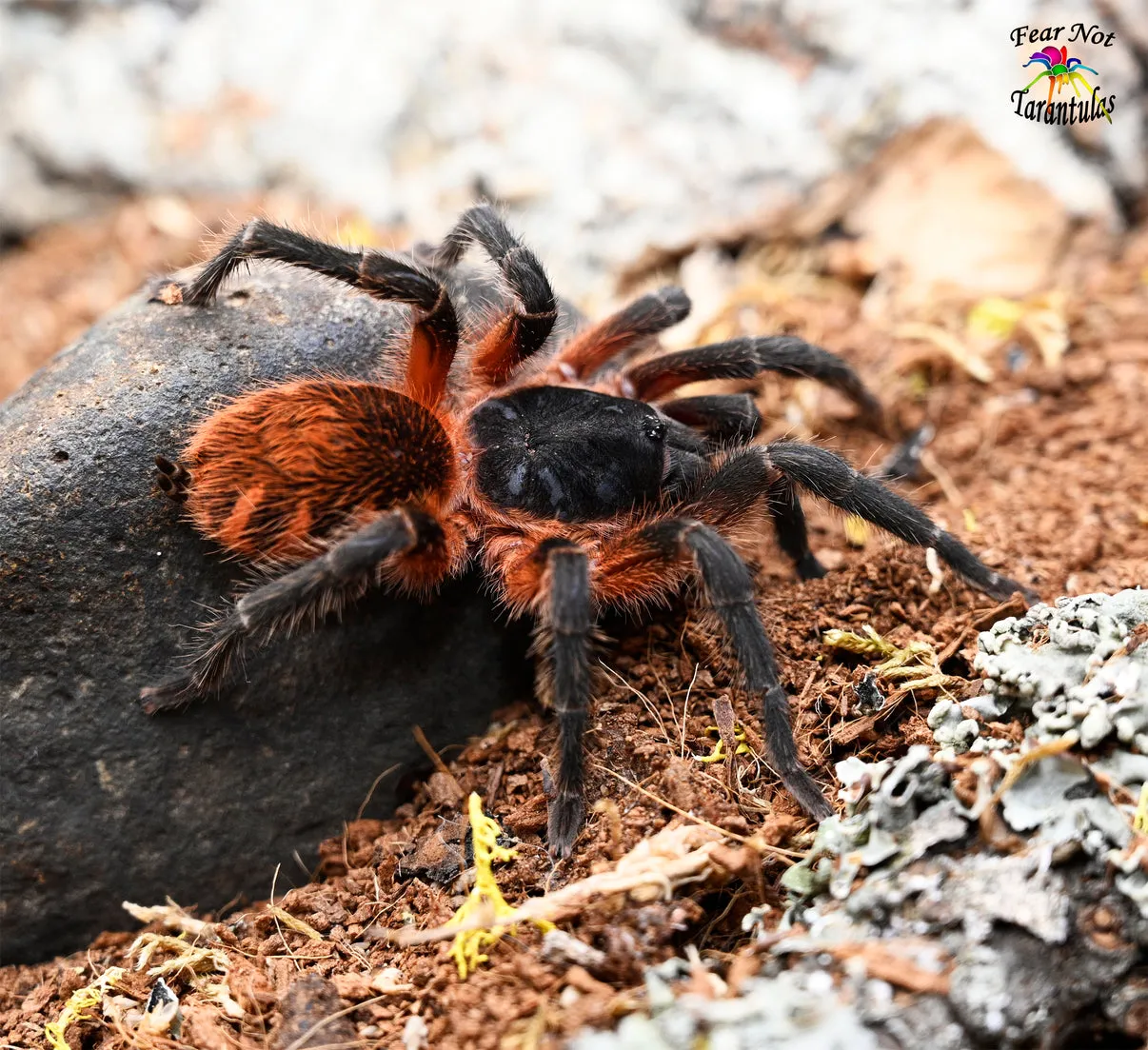
Identifying Sex
Determining the sex of a Lava Spider Tarantula is an important step in breeding. The most common method is to examine the tarantula’s molt. Female tarantulas have a spermatheca, a structure used for storing sperm, which is visible in the molt. Males have a simpler structure. The use of a magnifying glass or microscope is often needed to see these small details. Another method is to look at the pedipalps (the mouth parts), where males often have modified structures that are used for mating. However, sexing tarantulas requires skill and experience, particularly with younger specimens.
Mating Process
Mating Lava Spider Tarantulas requires careful planning and monitoring. First, the female and male must be mature and in good health. The male tarantula will typically construct a sperm web, deposit sperm on it, and then transfer the sperm to his pedipalps. The male then approaches the female with caution, as females are often larger and can be aggressive. The male carefully taps the female’s fangs, and if she is receptive, she will allow the male to mate. Afterward, the male must quickly retreat to avoid being eaten by the female. Successful mating does not always guarantee a fertile egg sac.
Egg Sac Management

If mating is successful, the female Lava Spider Tarantula will lay eggs and create an egg sac. It’s important to carefully monitor the egg sac for signs of mold or other problems. The female will typically guard the egg sac until the spiderlings hatch. Some breeders choose to remove the egg sac and incubate it themselves to increase the chances of a successful hatch. The environmental conditions, such as temperature and humidity, are crucial for proper incubation. Once the spiderlings hatch, they will need specialized care, including appropriately sized prey and a suitable enclosure to ensure their survival and healthy development.
Conclusion
Owning a Lava Spider Tarantula can be a rewarding experience for those passionate about exotic pets. By understanding their needs, including appropriate housing, feeding, and environmental conditions, you can provide a suitable environment that promotes their well-being. Researching and purchasing from a reputable source are essential to ensuring you acquire a healthy, ethically sourced tarantula. Whether you are buying a Lava Spider Tarantula for sale as a pet or are interested in breeding, being informed and prepared will ensure a positive and fulfilling experience. Remember to always prioritize the tarantula’s health, safety, and well-being throughout its life. Happy Tarantula keeping.
